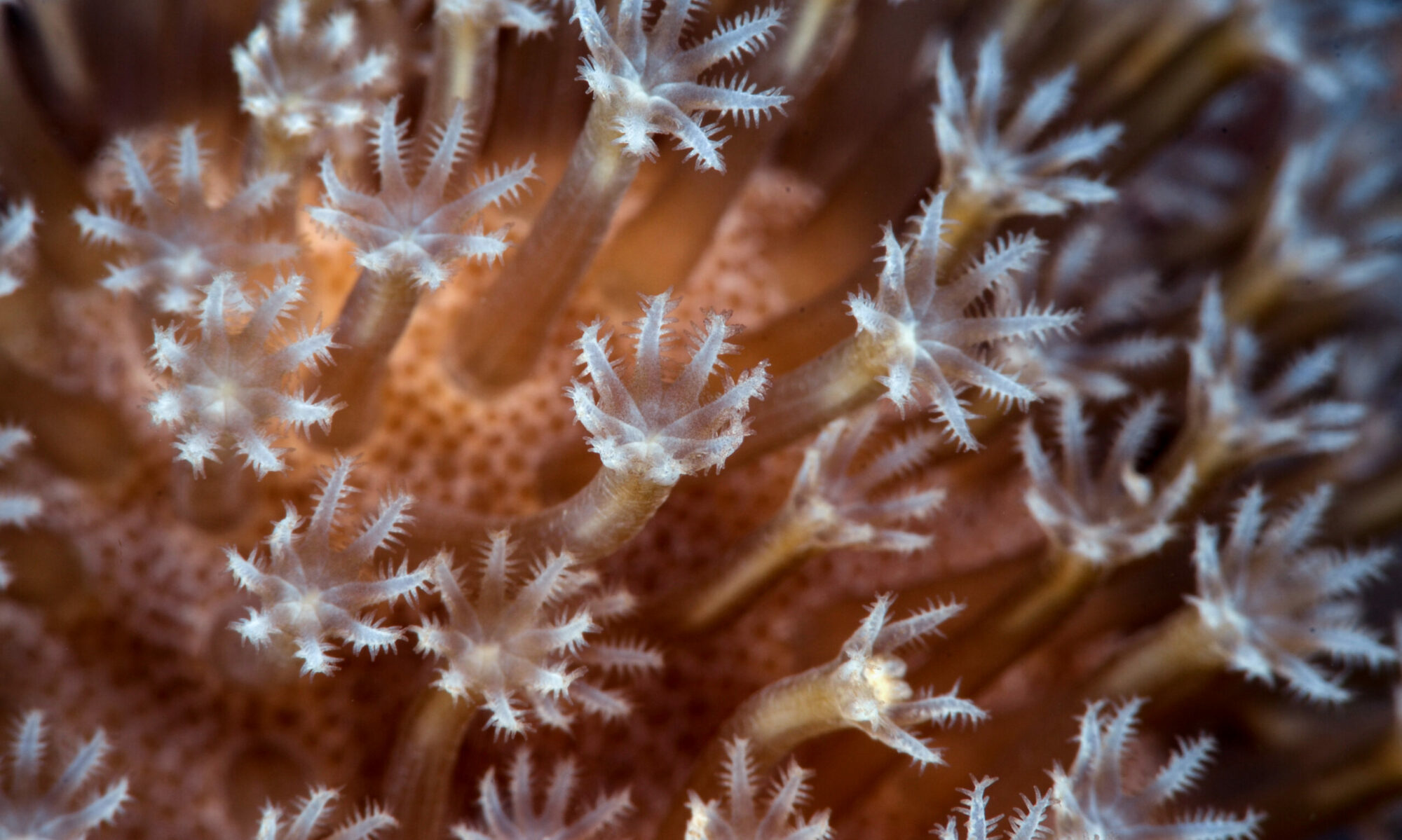As the planet experiences heatwaves, warming seas, and other effects of climate change, researchers from the University of Guam (UOG) will examine how these impacts may affect the structure of the island’s coral reefs by identifying species-specific responses to environmental change.
The experiment, which is being funded by the university’s National Science Foundation EPSCoR grant, will study three habitat-forming coral species that are dominant throughout the island’s shallow reef flats, two of which exist in distinctly different color morphologies. These species include: the boulder-like massive Porites, which grows in both brown and purple morphologies; the fingerlike Porites cylindrica, which grows in brown and yellow morphologies; and the staghorn coral Acropora cf. pulchra. Cuttings of each coral species and color morph were planted in four plots in two sections of the Piti Marine Preserve and will be monitored for the next four years.
“We hope to learn about which of these species and their color morphs have characteristics that may confer better resilience to climate change,” said Professor Laurie Raymundo, the interim director of the UOG Marine Laboratory. “That will allow us to examine why they’re doing better and why some of them aren’t doing as well. Eventually, we may be able to make some predictions about how Guam’s reefs may change in the future.”
This project is unique because many studies are conducted within a much shorter time period.
“In most cases, people conduct an experiment for a whole season,” said UOG Associate Professor Bastian Bentlage. “There are not a lot of datasets – especially over
a multi-year span – that look at individual corals and really provide data on how they get stressed, and recover, and follow the long-term effects of experiencing that stress.”
The plots will be checked biweekly during the bleaching season from July to October and monthly from November to June, when sea surface temperatures are cooler.
The data collected from this experiment will be used by a team of mathematics professors and students at the university to model disease transmission and responses to stress, to better inform reef management and intervention strategies.
“We hope to gain a better understanding of what Guam’s reefs will look like in the future and what kind of traits lend themselves to coral resilience so that we can implement control measures that will result in a healthier coral reef ecosystem,” said UOG Associate Professor Leslie Aquino. “We’re really seeing the benefits of this cross collaboration between the Math and Marine Laboratory teams and sparking new ideas and better understanding for both groups of how these models and coral reef ecosystems work.”
New reefs
At the end of the experiment, each of the plots will be left to grow into new reef assemblages as part of a permit agreement with the Guam Department of Agriculture. Monitoring beyond this project may continue to contribute to an even longer-term data set that can continue to inform management.
During the initial planting of the coral cuttings, Bentlage noticed that young fish were attracted to and visiting the plots. According to a study based in Fiji, juvenile fish are able to smell the difference between good and bad reefs.
“I still think that was one of the coolest, most eye-opening things,” said Bentlage. “It was really interesting to see how it attracted the fish community that now seems to be resident in these plots. I hope that I can come back five to ten years from now and see how our experimental plot turned into the seedling of a new reef track.”



















